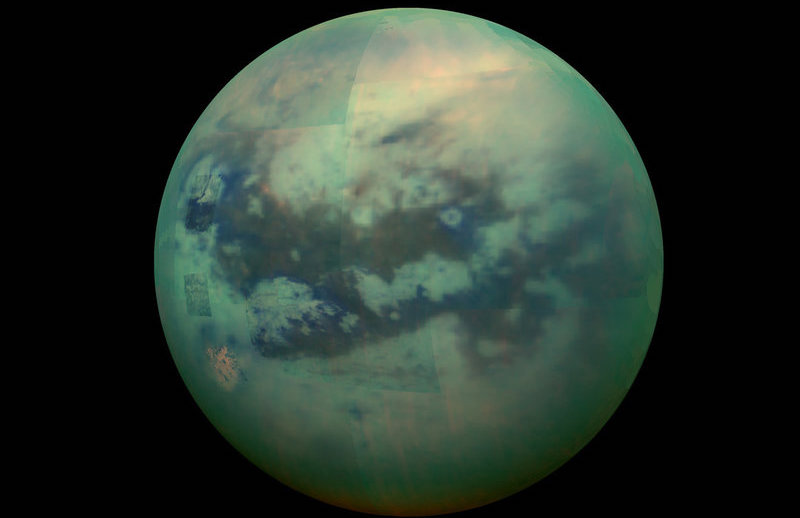It’s always bloody Mars, isn’t it? Mars, Mars, Mars. In the next few weeks, three spacecrafts will set off for the Red Planet; one launched by China, one the UAE, one the USA. One, the UAE one, will be an orbiter, acting as a weather satellite; the other two will land rovers. The Nasa craft, Perseverance, will trundle about looking for life (and will carry a rather cool-looking helicopter-drone capable of operating in Mars’s thin atmosphere).
I don’t want to belittle any of this. There’s an awful lot we can still learn from Mars, about our own planet’s history, and about life. Nearly 45 years ago, the Viking mission landed on Mars with equipment to detect life, or specifically the products of metabolism — and found… something, which some of the mission scientists think could be living organisms. In my more romantic moments I like to believe that that mysterious something was evidence of extraterrestrial life (the rest of the time I assume it was a measurement error).
I get that there’s a sense that Mars is next in the exploration, the next stop on humanity’s slow journey from the East African Rift out into the cosmos. I get that.
But… a few years ago I spoke to some of the scientists behind the Cassini-Huygens mission; the little spacecraft that took those iconic images of Saturn and its moons, and deposited a little lander, Huygens, on the surface of Titan, Saturn’s great moon. Cassini’s radar discovered an ocean of liquid water under the surface of Titan, and lakes of liquid ethane and methane on its surface. It also discovered organic molecules in its atmosphere.
Cassini also flew by Enceladus, another much smaller moon of Saturn. To their amazement, they found liquid water there, another subsurface ocean, probably kept from freezing by heat generated by tidal stresses.
These two discoveries suddenly bumped Enceladus and Titan up the list of possible places to look for life. “There could be bugs crawling around” on either moon, one scientist told me. They deliberately crashed Cassini into Saturn’s atmosphere in 2017 to prevent it accidentally ending up on one of those two moons and contaminating it with Earth bacteria. (Huygens, of course, was already there: the mission may have seeded Titan with life that will suddenly liven up in a few billion years when the Sun expands and warms the frozen world.)
But since then… we’ve never been back. Other crafts have been to Jupiter and Pluto, and landed on comets; various probes have trundled off to Mars. But the Cassini scientists’ proposal for a mission to land (fully sterilised) airship and boat drones on Titan was never taken up. A space mission takes decades to plan, launch and then fall through the gaps between worlds; it may not happen in my lifetime. Instead, said one scientist, Nasa “chickened out and chose some boring Mars mission”.
He didn’t really mean it, and withdrew the statement: Mars isn’t boring. But we have done it quite a few times now. A helicopter-drone on Mars, cool. But a Montgolfier balloon and a robot dinghy on Titan, searching for alien life in a freezing lake of liquid methane; that’s an awful lot cooler.











Join the discussion
Join like minded readers that support our journalism by becoming a paid subscriber
To join the discussion in the comments, become a paid subscriber.
Join like minded readers that support our journalism, read unlimited articles and enjoy other subscriber-only benefits.
Subscribe